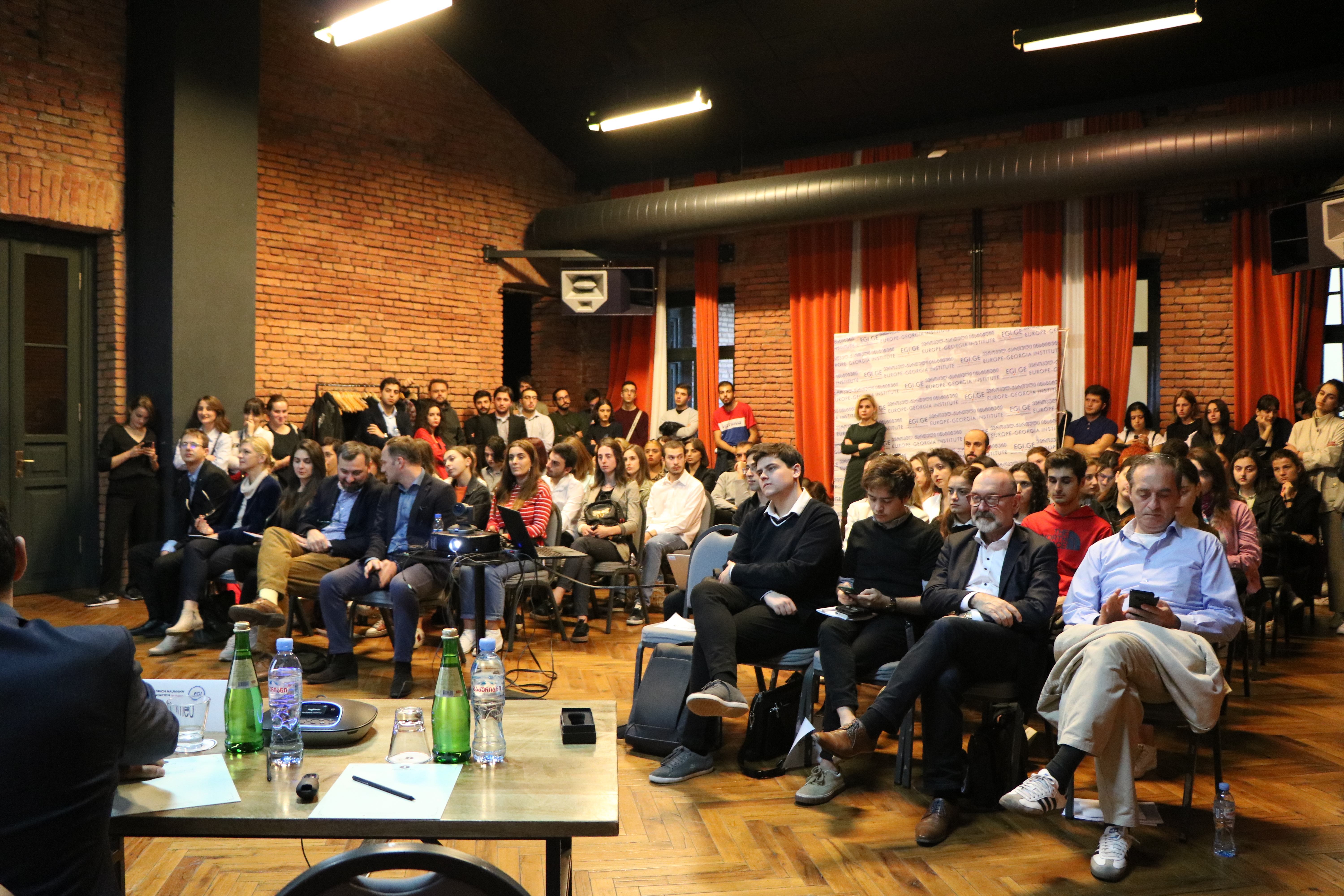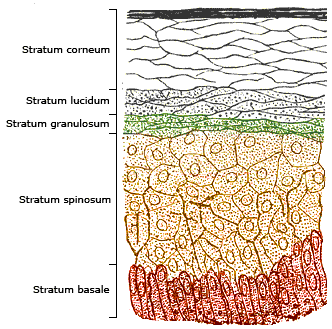|
Louis Dubertret
Louis Dubertret was born on 18 June 1943 in Douai, France. He had a distinctive career as an associate professor specializing in dermatology and cutaneous biology, is now a professor emeritus, and currently serves as the president of the René Touraine Foundation (fr: Fondation René Touraine). Biography Education Dubertret studied in Douai and Amiens before entering the Paris Faculty of Medicine. In 1965 he was an extern at the hospitals of Paris as well as a student of Maurice Tubiana in cancer research and of Fred Siguier, a specialist in internal medicine. In May 1968, he served on a committee to reform medical studies. Some of the committee's recommendations were enacted into the Orientation Law, proposed by Edgar Faure in November 1968. In 1970, Dubertret started his residency and discovered the importance of dermatological manifestations in internal medicine, thanks to professors Jean Hewitt and René Touraine. From 1972 to 1973, Dubertret was an assistant attaché in ... [...More Info...] [...Related Items...] OR: [Wikipedia] [Google] [Baidu] |
Douai
Douai ( , , ; ; ; formerly spelled Douay or Doway in English) is a city in the Nord (French department), Nord département in northern France. It is a Subprefectures in France, sub-prefecture of the department. Located on the river Scarpe (river), Scarpe some from Lille and from Arras, Douai is home to one of the region's most impressive belfry (architecture), belfries. History Its site probably corresponds to that of a 4th-century Roman fortress known as Duacum. From the 10th century, the town was a Romance languages, romance fiefdom of the Count of Flanders, counts of County of Flanders, Flanders. The town became a flourishing textile market centre during the Middle Ages, historically known as Douay or Doway in English. In 1384, the county of Flanders passed into the domains of the Dukes of Burgundy and thence in 1477 into Habsburg possessions. In 1667, Douai was taken by the troops of Louis XIV of France, and by the 1668 Treaty of Aix-la-Chapelle (1668), Treaty of Aix-la-C ... [...More Info...] [...Related Items...] OR: [Wikipedia] [Google] [Baidu] |
Inflammation
Inflammation (from ) is part of the biological response of body tissues to harmful stimuli, such as pathogens, damaged cells, or irritants. The five cardinal signs are heat, pain, redness, swelling, and loss of function (Latin ''calor'', ''dolor'', ''rubor'', ''tumor'', and ''functio laesa''). Inflammation is a generic response, and therefore is considered a mechanism of innate immunity, whereas adaptive immunity is specific to each pathogen. Inflammation is a protective response involving immune cells, blood vessels, and molecular mediators. The function of inflammation is to eliminate the initial cause of cell injury, clear out damaged cells and tissues, and initiate tissue repair. Too little inflammation could lead to progressive tissue destruction by the harmful stimulus (e.g. bacteria) and compromise the survival of the organism. However inflammation can also have negative effects. Too much inflammation, in the form of chronic inflammation, is associated with variou ... [...More Info...] [...Related Items...] OR: [Wikipedia] [Google] [Baidu] |
Genodermatoses
Genodermatosis is a hereditary Skin condition, skin disease with three inherited modes including single gene inheritance, multiple gene inheritance and chromosome inheritance. There are many different types of genodermatosis; the prevalence of genodermatosis ranges from 1 per 6000 people to 1 per 500,000 people.Fields, D. (2019, June). Types of Genodermatoses. Retrieved September 08, 2020, from https://www.news-medical.net/health/Types-of-Genodermatoses.aspx Genodermatosis has influence on the texture, color and structure of skin cuticle and connective tissue, specific lesion site and clinical manifestations on the body vary depending on the type. In the spite of the variety and complexity of genodermatosis, there are still some common methods that can help people diagnose. After diagnosis, different types of genodermatosis require different levels of therapy including interventions, nursing interventions and treatments.Fondation René Touraine. (n.d.). Genodermatoses & Rare Skin D ... [...More Info...] [...Related Items...] OR: [Wikipedia] [Google] [Baidu] |
Non-governmental Organization
A non-governmental organization (NGO) is an independent, typically nonprofit organization that operates outside government control, though it may get a significant percentage of its funding from government or corporate sources. NGOs often focus on humanitarian or social issues but can also include clubs and associations offering services to members. Some NGOs, like the World Economic Forum, may also act as lobby groups for corporations. Unlike international organizations (IOs), which directly interact with sovereign states and governments, NGOs are independent from them. The term as it is used today was first introduced in Article 71 of the UN Charter, Article 71 of the newly formed United Nations Charter in 1945. While there is no fixed or formal definition for what NGOs are, they are generally defined as nonprofit entities that are independent of governmental influence—although they may receive government funding. According to the United Nations Department of Global Communic ... [...More Info...] [...Related Items...] OR: [Wikipedia] [Google] [Baidu] |
Jacques Chirac
Jacques René Chirac (, ; ; 29 November 193226 September 2019) was a French politician who served as President of France from 1995 to 2007. He was previously Prime Minister of France from 1974 to 1976 and 1986 to 1988, as well as Mayor of Paris from 1977 to 1995. After attending the , Chirac began his career as a high-level civil servant, entering politics shortly thereafter. Chirac occupied various senior positions, including minister of agriculture and minister of the interior. In 1981 and 1988, he unsuccessfully ran for president as the standard-bearer for the conservative Gaullist party Rally for the Republic (RPR). Chirac's internal policies initially included lower tax rates, the removal of price controls, strong punishment for crime and terrorism, and business privatisation. After pursuing these policies in his second term as prime minister, Chirac changed his views. He argued for different economic policies and was elected president in 1995, with 52.6% of the ... [...More Info...] [...Related Items...] OR: [Wikipedia] [Google] [Baidu] |
Epidermis (skin)
The epidermis is the outermost of the three layers that comprise the skin, the inner layers being the dermis and hypodermis. The epidermal layer provides a barrier to infection from environmental pathogens and regulates the amount of water released from the body into the atmosphere through transepidermal water loss. The epidermis is composed of multiple layers of flattened cells that overlie a base layer ( stratum basale) composed of columnar cells arranged perpendicularly. The layers of cells develop from stem cells in the basal layer. The thickness of the epidermis varies from 31.2μm for the penis to 596.6μm for the sole of the foot with most being roughly 90μm. Thickness does not vary between the sexes but becomes thinner with age. The human epidermis is an example of epithelium, particularly a stratified squamous epithelium. The word epidermis is derived through Latin , itself and . Something related to or part of the epidermis is termed epidermal. Structure ... [...More Info...] [...Related Items...] OR: [Wikipedia] [Google] [Baidu] |
Dermis
The dermis or corium is a layer of skin between the epidermis (skin), epidermis (with which it makes up the cutis (anatomy), cutis) and subcutaneous tissues, that primarily consists of dense irregular connective tissue and cushions the body from stress and strain. It is divided into two layers, the superficial area adjacent to the epidermis called the papillary region and a deep thicker area known as the reticular dermis.James, William; Berger, Timothy; Elston, Dirk (2005). ''Andrews' Diseases of the Skin: Clinical Dermatology'' (10th ed.). Saunders. Pages 1, 11–12. . The dermis is tightly connected to the epidermis through a basement membrane. Structural components of the dermis are collagen, elastic fibers, and Ground substance, extrafibrillar matrix.Marks, James G; Miller, Jeffery (2006). ''Lookingbill and Marks' Principles of Dermatology'' (4th ed.). Elsevier Inc. Page 8–9. . It also contains mechanoreceptors that provide the sense of touch and thermoreceptors that provide ... [...More Info...] [...Related Items...] OR: [Wikipedia] [Google] [Baidu] |
Organogenesis
Organogenesis is the phase of embryonic development that starts at the end of gastrulation and continues until birth. During organogenesis, the three germ layers formed from gastrulation (the ectoderm, endoderm, and mesoderm) form the internal organs of the organism. The cells of each of the three germ layers undergo differentiation, a process where less-specialized cells become more-specialized through the expression of a specific set of genes. Cell differentiation is driven by cell signaling cascades. Differentiation is influenced by extracellular signals such as growth factors that are exchanged to adjacent cells which is called juxtracrine signaling or to neighboring cells over short distances which is called paracrine signaling. Intracellular signals – a cell signaling itself ( autocrine signaling) – also play a role in organ formation. These signaling pathways allow for cell rearrangement and ensure that organs form at specific sites within the organism. The organogen ... [...More Info...] [...Related Items...] OR: [Wikipedia] [Google] [Baidu] |
INSERM
The (Inserm, ) is the French National Institute of Health and Medical Research. History and organisation Inserm was created in 1964 as a successor to the French National Institute of Health. Inserm is the only public research institution solely focused on human health and medical research in France. It is a public institution with a scientific and technical vocation under the dual auspices of the Ministry of Health and the Ministry of Research. Similarly to the US National Institutes of Health, Inserm conducts fundamental and translational research projects through 339 research units, run by around 13,000 scientists, including 5,100 permanent research staff members and 5,100 staff members co-affiliated with university hospitals and medicine faculties. Inserm's laboratories and research units are located all over France, mainly in the largest cities. Eighty percent of Inserm research units are embedded in research hospitals of French universities. In 1997, Inserm founded ... [...More Info...] [...Related Items...] OR: [Wikipedia] [Google] [Baidu] |




